Legacy project: the late Ali Tayar’s designs take the spotlight at R & Company
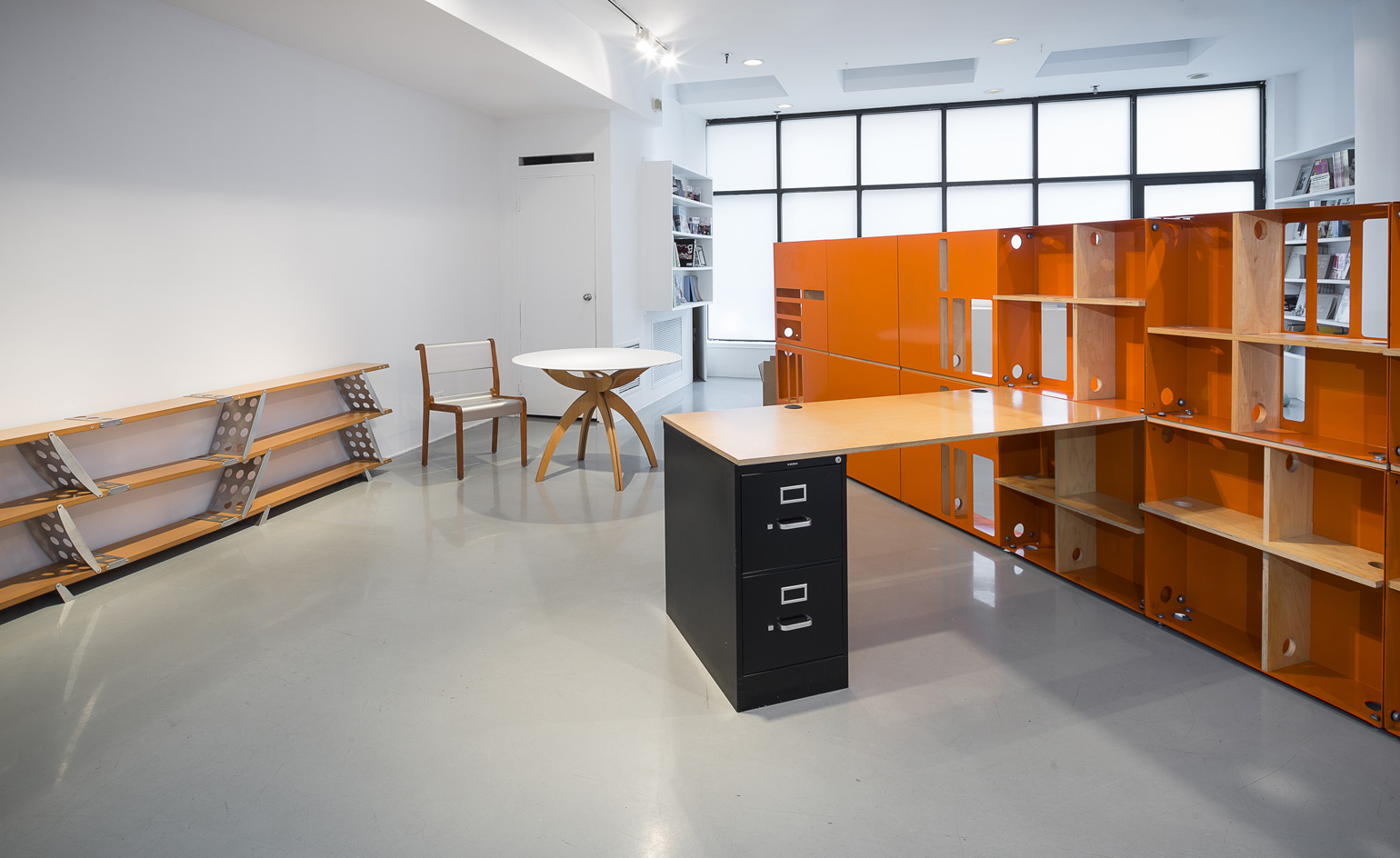
Ali Tayar may not have been a household name the world over, but there is no doubt that the Turkish born and New York based architect was wildly respected for his experimental designs and avant-garde sensibilities by his design peers, well before his untimely death last year.
Tayar’s life’s work is rightly the focus of R & Company’s newest exhibition, ‘Systems and One-Offs’, a comprehensive survey of his work, in particular his furniture designs, that serves as a fitting tribute to his accomplished career. The show has been co-curated by design editor Dung Ngo, who was close friends with Tayar and also working on a book of his ideas with him when he passed away.
‘[Ali’s] estate [had originally] asked me to help figure out what to do with his archive. We were able to place pieces of his designs into the permanent design collections at MoMA, Vitra, Chicago Art Institute, SFMOMA, Denver Art Museum, the Carnegie, and the Montreal Museum of Fine Arts – a few of these institutions already had pieces by Ali,’ Ngo recalls. ‘The idea of the exhibition came about when we realised there are still a number of Ali's unique designs in the estate. We wanted to have a selling exhibition that would further enhance his design reputation, but also raise funds to start a fellowship in his name at the Parsons School of Design, where he taught.’
Backed by his training as an architectural engineer in Stuttgart and then as an architect at MIT, Tayar’s signature style manifests itself in poetic forms made from industrial materials – a dynamic juxtaposition of principles that flowed through everything from his residential projects, restaurant interiors, furniture and objects. ‘I was very taken with his design methodology, which treats all projects, regardless of size or scale, the same way,’ says Ngo. ‘The results are buildings and houses that can be seen as oversized furniture, and furniture that is designed and engineered with the same effort and attention to detail as buildings.’
R & Company curator James Zemaitis adds, ‘He was a dedicated modernist whose inspirations were the pioneers of the modern movement – Prouvé, Eames, Aalto, and the Swiss architect Fritz Haller. For furniture collectors, his designs were popularised through his association with the legendary Gansevoort Gallery in the Meatpacking District, whose perforated aluminium security gate was Ali's most famous facade, and which remains in situ today in a neighbourhood which has completely lost its original identity.’
‘Systems and One-Offs’ showcases an array of Tayar’s furniture creations, which were often produced in extremely limited numbers or simply as one-offs. From his eye-catching ‘Icon’ workstation that was produced for his own office at his firm Parallel Design, to a bracket shelving system that became ubiquitous in the mid-90s, the ‘Plaza Screen’ which began its life as the aforementioned Meatpacking District security gate, and his iconic ‘NEA Table, Version 1’, made from a moulded recomposed wood pallet, cast aluminium and glass, seeing Tayar’s designs together truly hammers home what a design luminary he truly was.
The show includes nearly all of the designer’s most important pieces, plucked from his apartment and studio. ‘Some of the pieces were briefly mass-produced by ICF, while others were done as extremely limited editions, usually originating as commissions for specific residential interiors,’ explains Zemaitis. 'Ali might be one of the few designers who has more work in museum collections than in private hands, and this is literally the only opportunity to acquire a piece.’

’Rasamny’ chairs and bench with ’Kavanagh’ table, both 1999
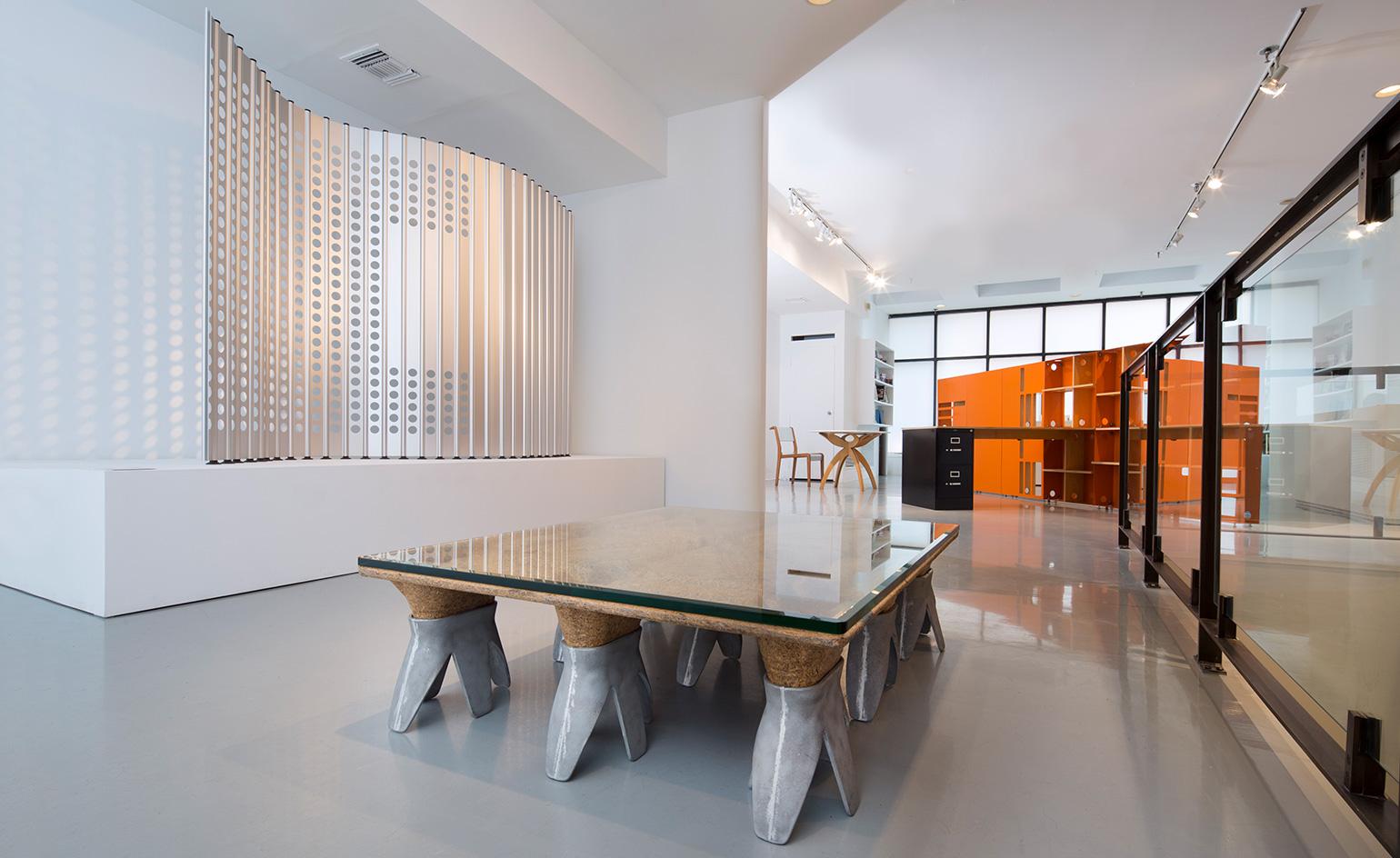
’Plaza Screen,’ 1997–98, and ’NEA’ table, version 1, 1995
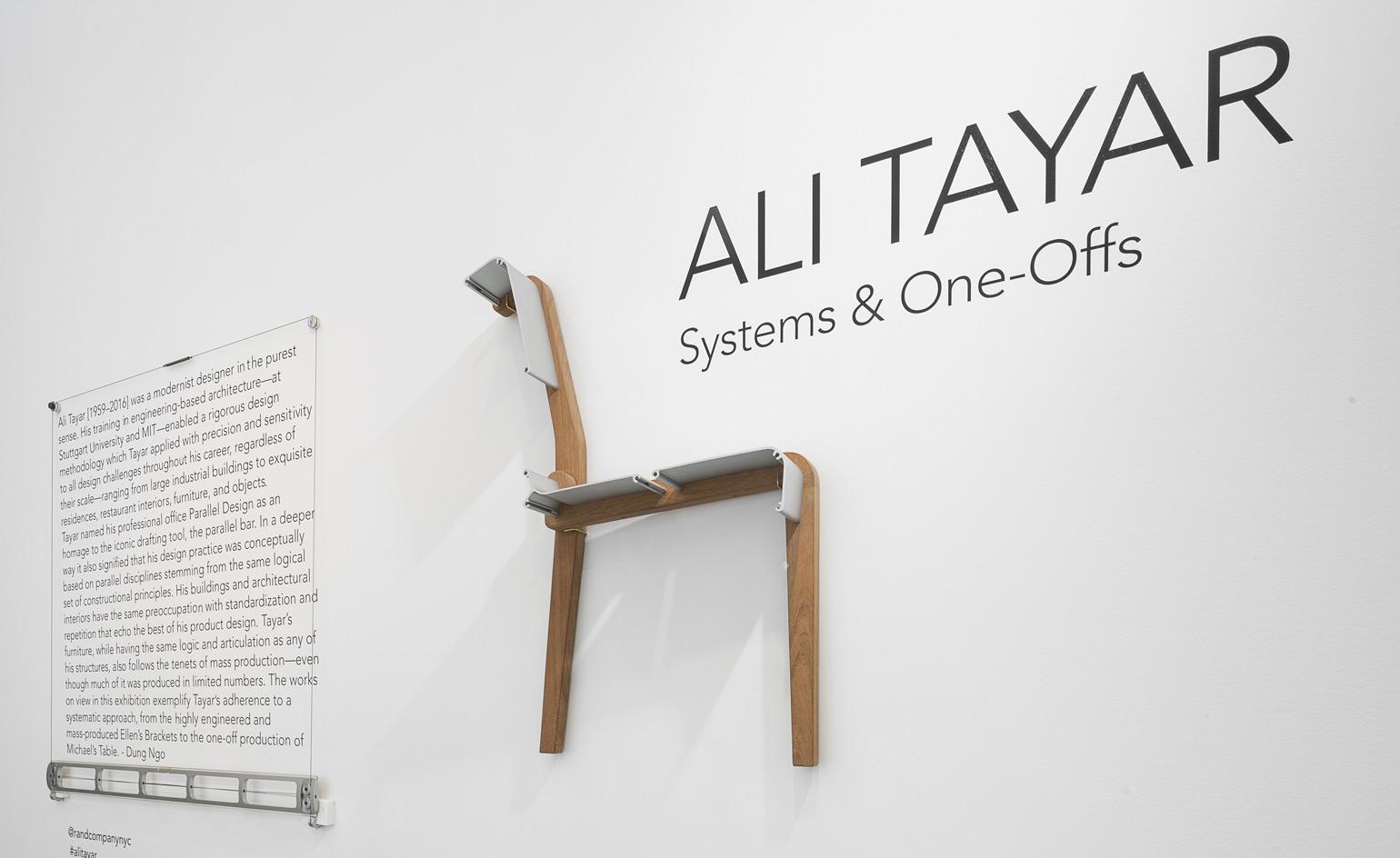
The show’s title derives from the fact that Tayar’s furniture was often produced in extremely limited numbers or simply as one-offs

’Niloo’s Cutout Table’, 1994; and USM Loft staircase elements in cast aluminium, 2010

Chairs from the ’Rasamny’ series
INFORMATION
‘Ali Tayar: Systems and One-Offs’ is on view until 15 June. For more details, please visit R & Company’s website
ADDRESS
R & Company
81 Franklin Street
New York NY 10013
Receive our daily digest of inspiration, escapism and design stories from around the world direct to your inbox.
Pei-Ru Keh is a former US Editor at Wallpaper*. Born and raised in Singapore, she has been a New Yorker since 2013. Pei-Ru held various titles at Wallpaper* between 2007 and 2023. She reports on design, tech, art, architecture, fashion, beauty and lifestyle happenings in the United States, both in print and digitally. Pei-Ru took a key role in championing diversity and representation within Wallpaper's content pillars, actively seeking out stories that reflect a wide range of perspectives. She lives in Brooklyn with her husband and two children, and is currently learning how to drive.
-
 ‘I want to bring anxiety to the surface': Shannon Cartier Lucy on her unsettling works
‘I want to bring anxiety to the surface': Shannon Cartier Lucy on her unsettling worksIn an exhibition at Soft Opening, London, Shannon Cartier Lucy revisits childhood memories
-
 What one writer learnt in 2025 through exploring the ‘intimate, familiar’ wardrobes of ten friends
What one writer learnt in 2025 through exploring the ‘intimate, familiar’ wardrobes of ten friendsInspired by artist Sophie Calle, Colleen Kelsey’s ‘Wearing It Out’ sees the writer ask ten friends to tell the stories behind their most precious garments – from a wedding dress ordered on a whim to a pair of Prada Mary Janes
-
 Year in review: 2025’s top ten cars chosen by transport editor Jonathan Bell
Year in review: 2025’s top ten cars chosen by transport editor Jonathan BellWhat were our chosen conveyances in 2025? These ten cars impressed, either through their look and feel, style, sophistication or all-round practicality
-
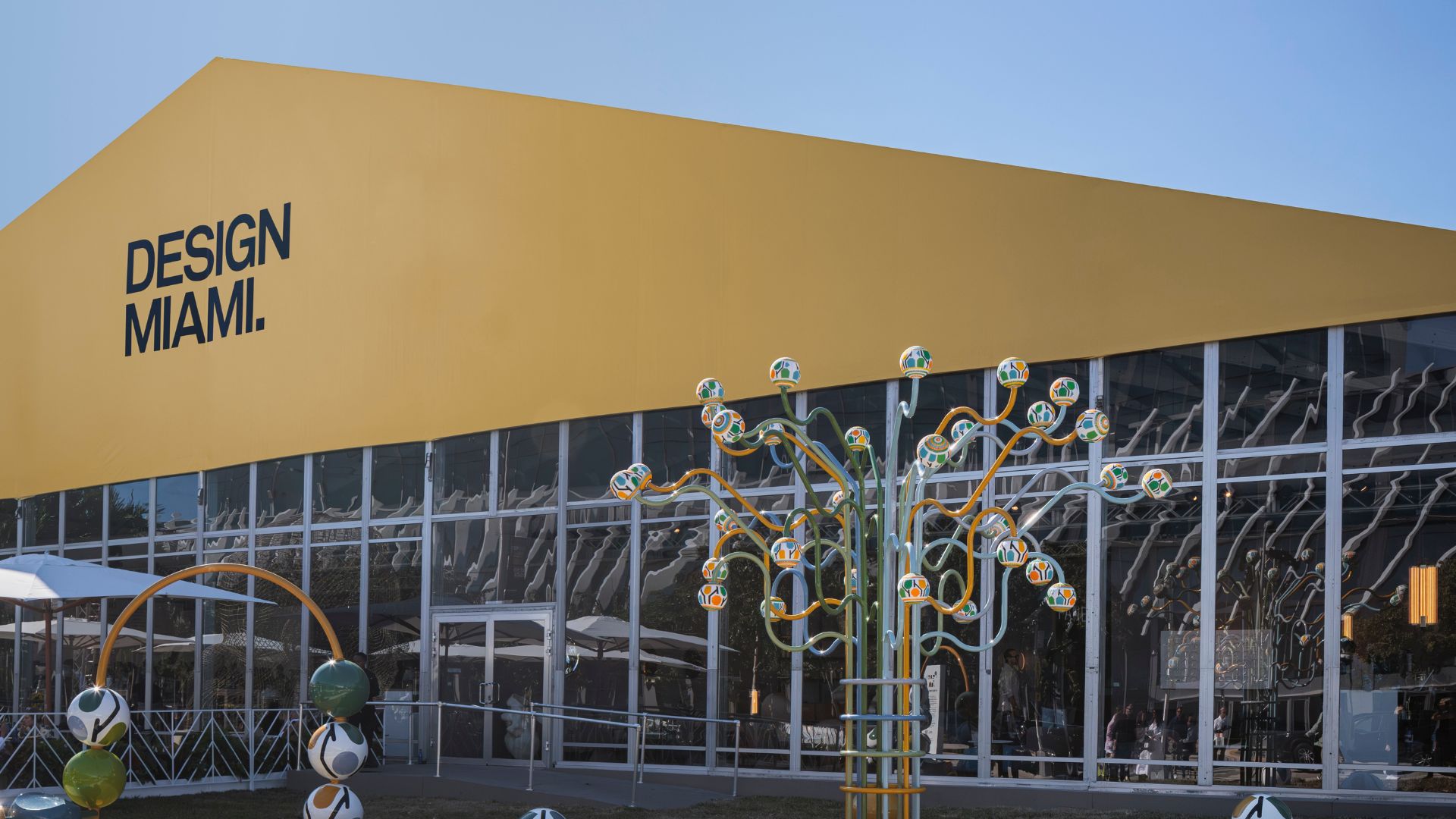 Everything you need to know about Design Miami 2025
Everything you need to know about Design Miami 2025The collectible design fair returns to Miami Beach in December for its 21st edition, alongside a vast array of art and cultural events across the city
-
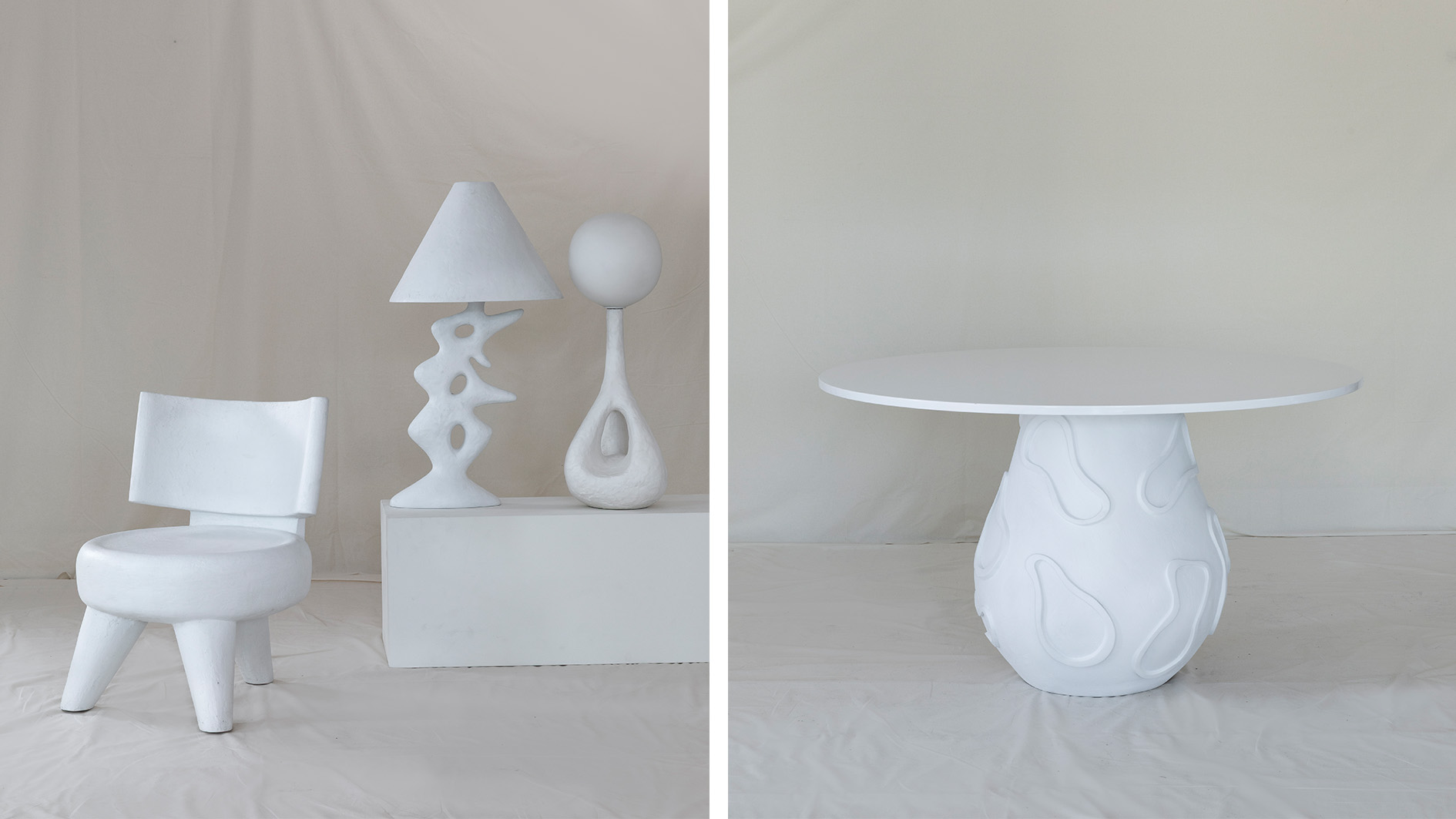 Ralph Pucci’s new Provence exhibition celebrates sculpture in its purest form
Ralph Pucci’s new Provence exhibition celebrates sculpture in its purest formTo mark 70 years of Ralph Pucci International, the New York gallery is collaborating with top designers to bring scaled, textural forms to Château La Coste
-
 New York Design Week 2025: live updates from the Wallpaper* team
New York Design Week 2025: live updates from the Wallpaper* teamNow through 21 May, design is taking over the Big Apple. Here's the latest news, launches and other goings-on from NYCxDesign, as seen by Wallpaper* editors.
-
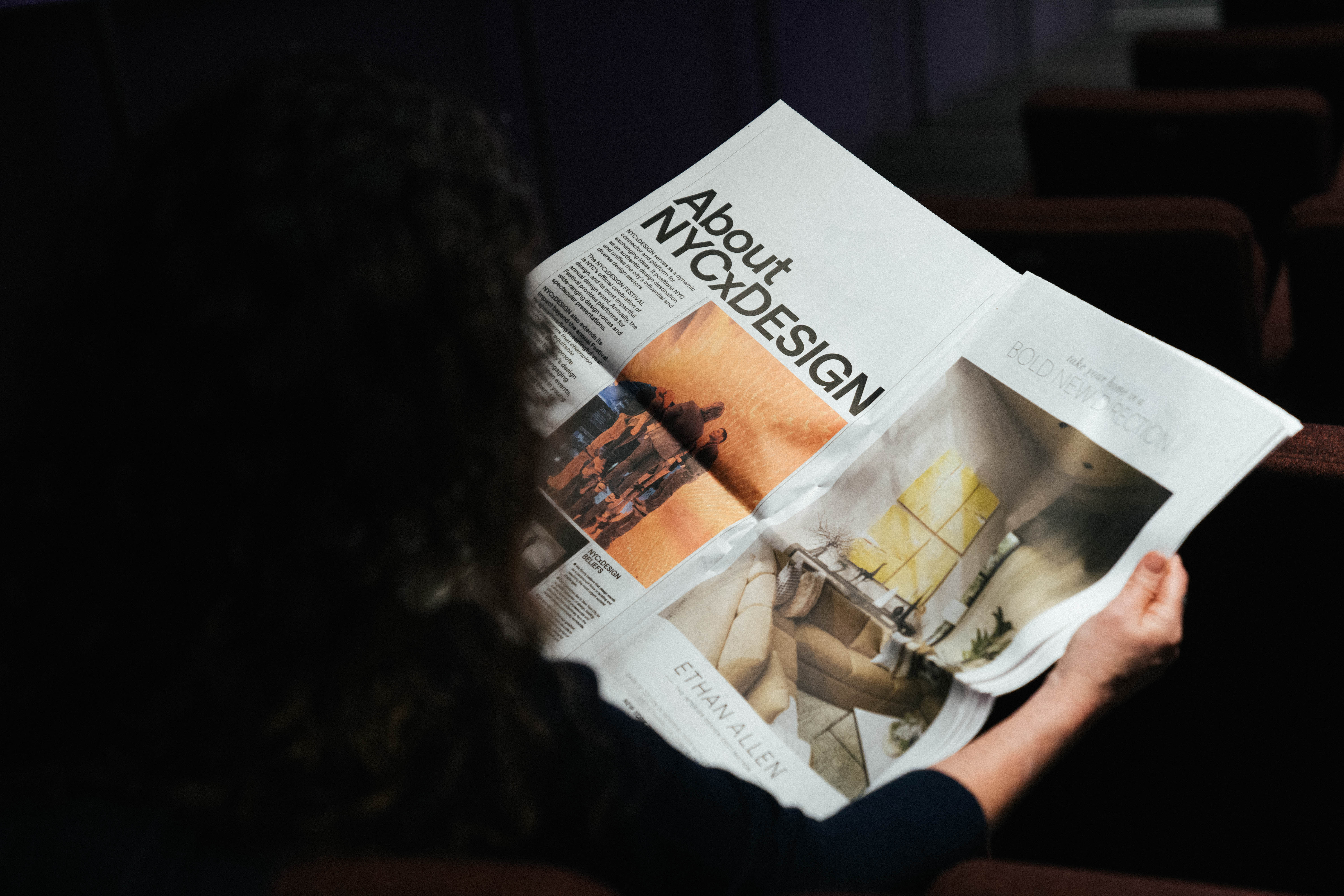 What not to miss at NYCxDesign 2025, according to our editors
What not to miss at NYCxDesign 2025, according to our editorsFrom mega furniture fairs to can't-miss parties, here's what to catch at North America's biggest celebration of design
-
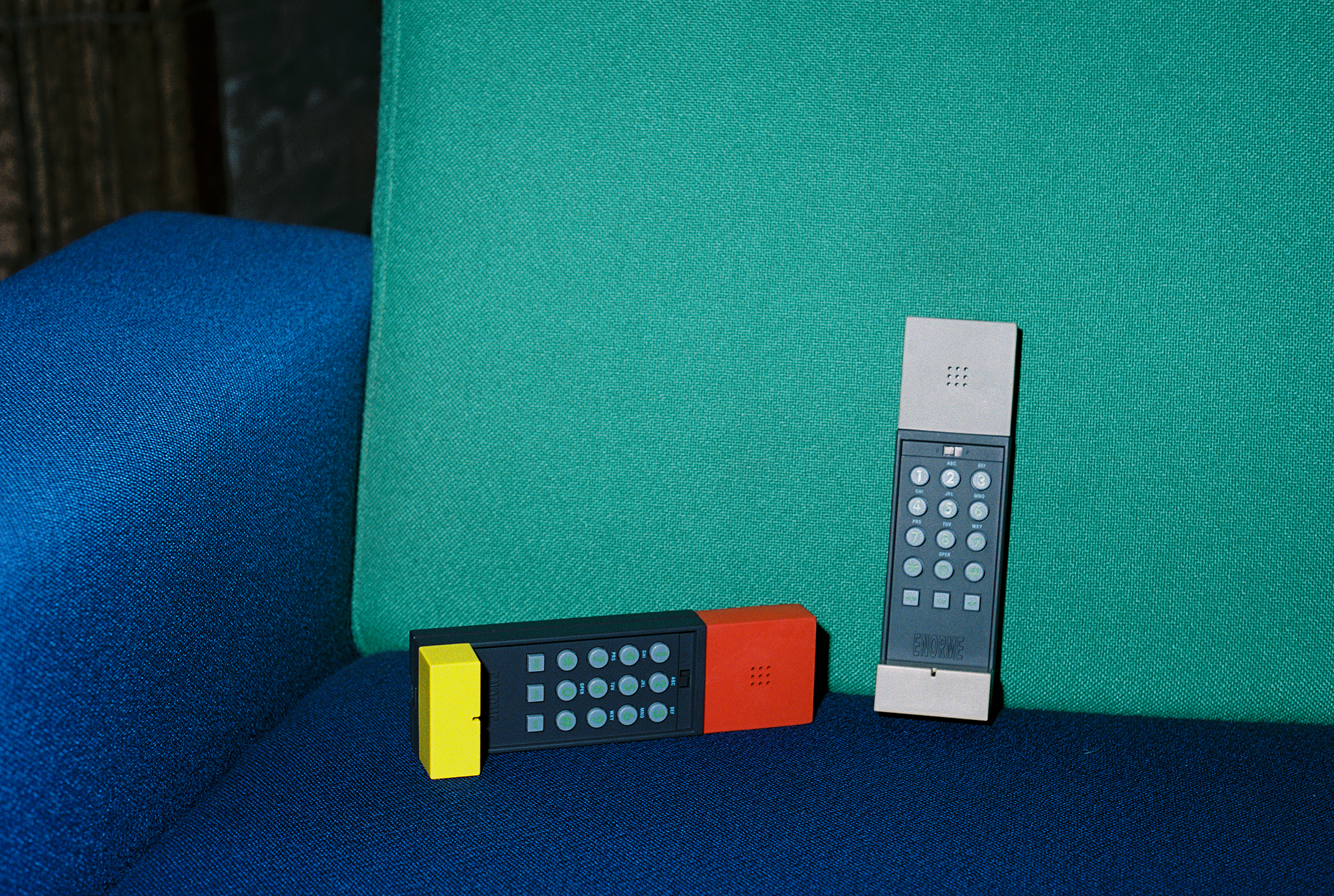 Basic.Space launches its first IRL shopping event – in an empty West Hollywood mall
Basic.Space launches its first IRL shopping event – in an empty West Hollywood mallWith the launch of its first in-person event in LA this weekend, the e-commerce platform is looking to bring collectible design to a whole new audience
-
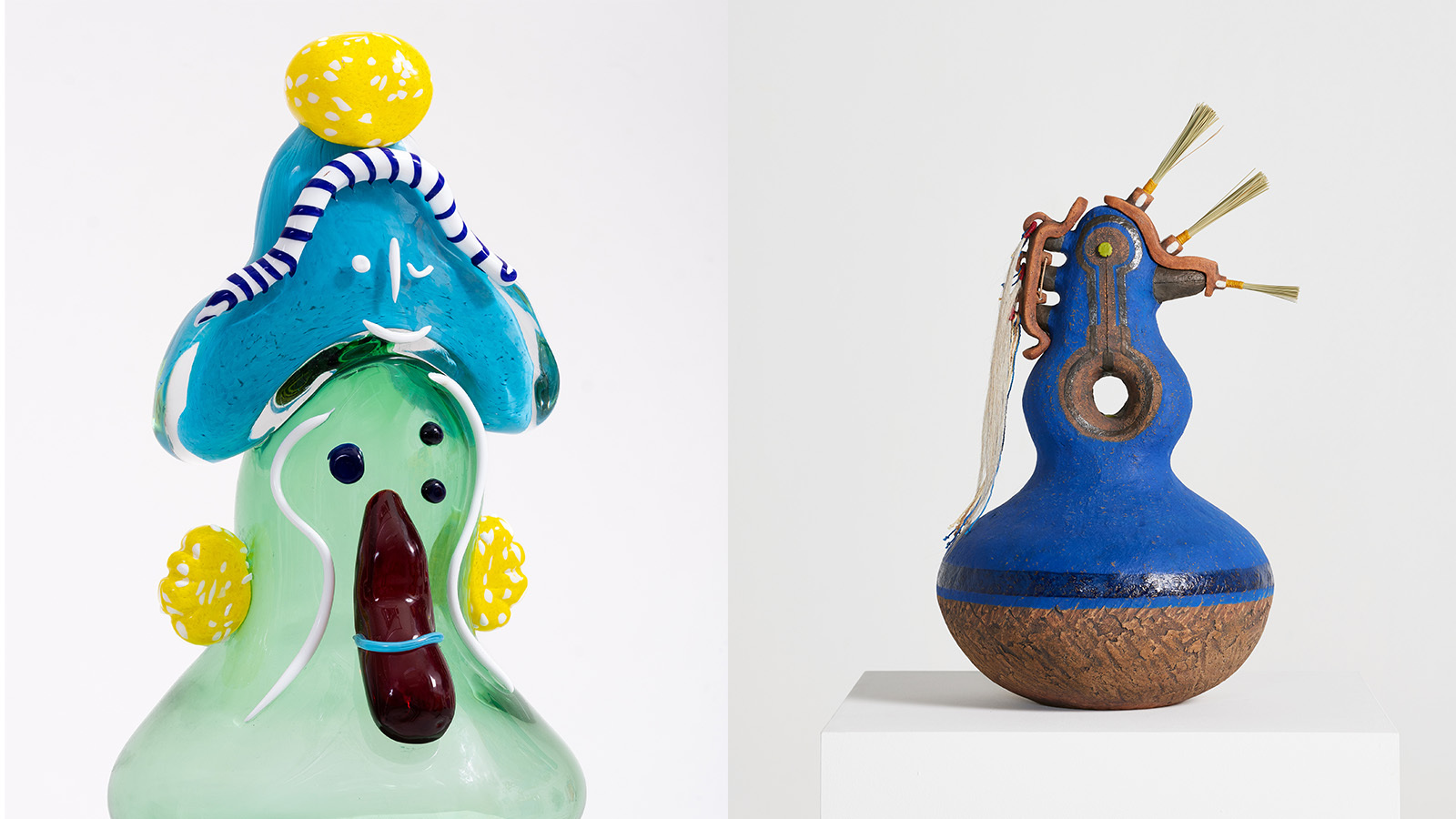 Design Miami 2024 is alive with possibility: here are 14 things to see
Design Miami 2024 is alive with possibility: here are 14 things to seeDesign Miami 2024 opens 4-8 December – let Wallpaper* guide you to the highlights, from dazzling installations to plump sofas and anthropomorphic sculptures
-
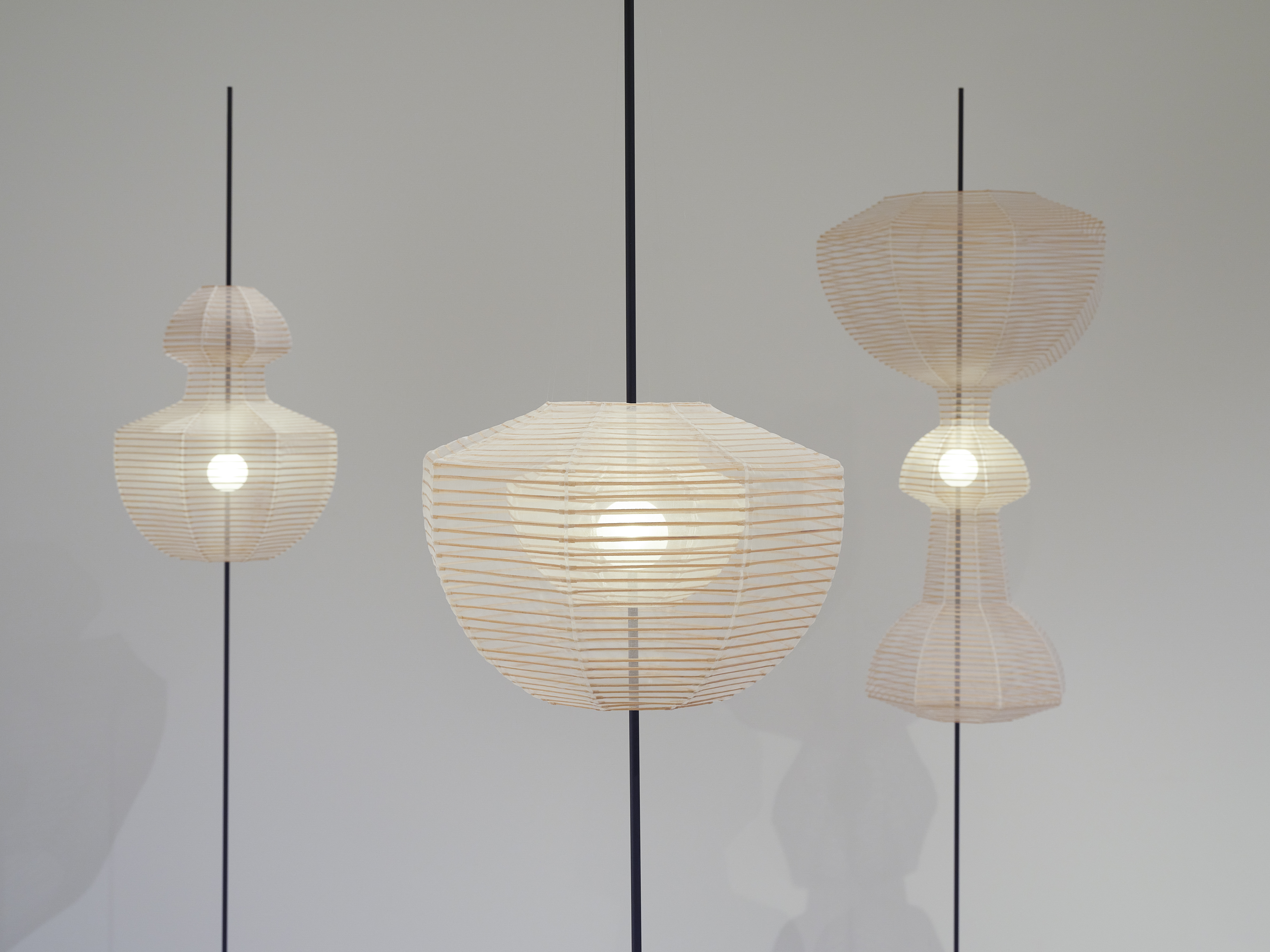 Nendo’s collaborations with Kyoto artisans go on view in New York
Nendo’s collaborations with Kyoto artisans go on view in New York‘Nendo sees Kyoto’ is on view at Friedman Benda (until 15 October 2022), showcasing the design studio's collaboration with six artisans specialised in ancient Japanese crafts
-
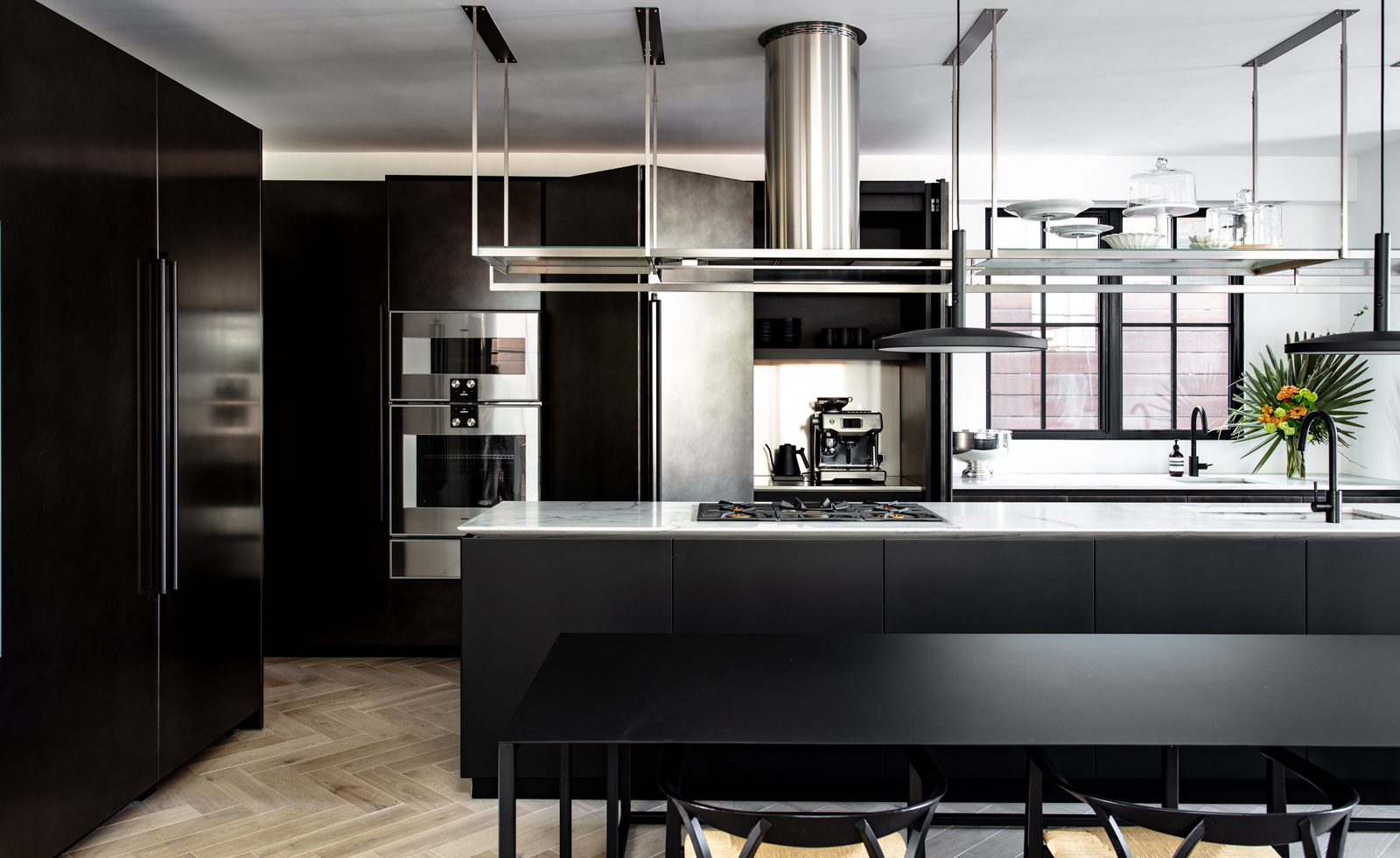 Italian craftsmanship comes to Los Angeles in this eclectic Venice Canals apartment
Italian craftsmanship comes to Los Angeles in this eclectic Venice Canals apartmentBoffi Los Angeles celebrates a juxtaposition of texture throughout a waterside bolthole